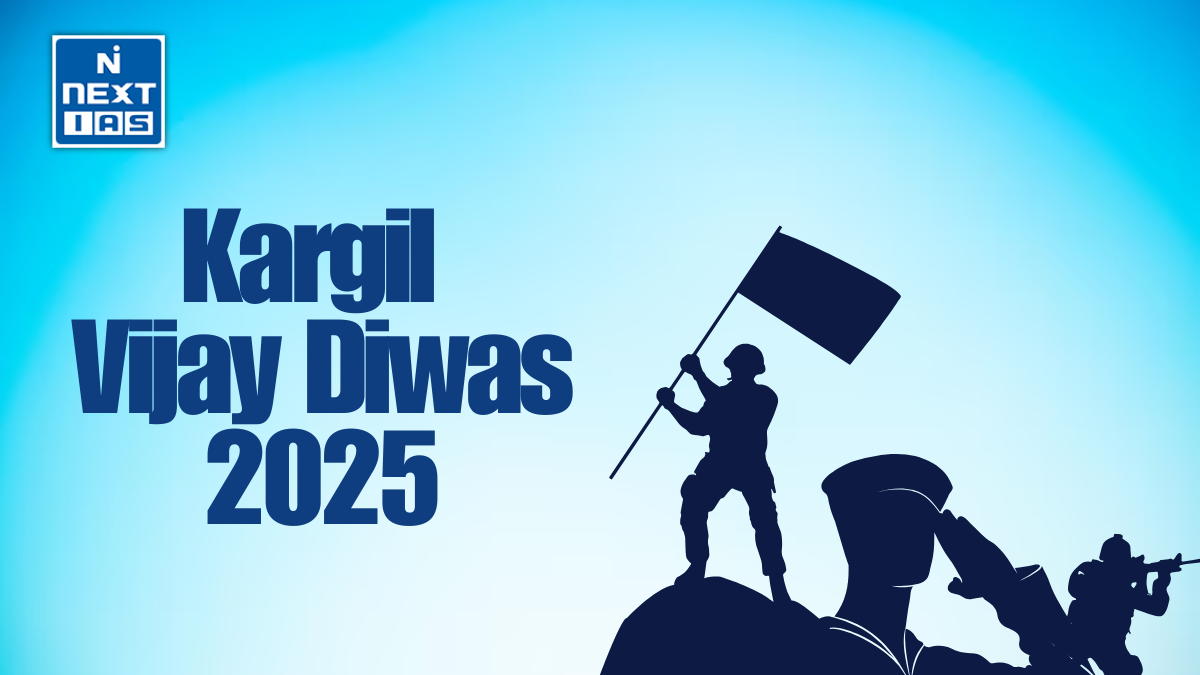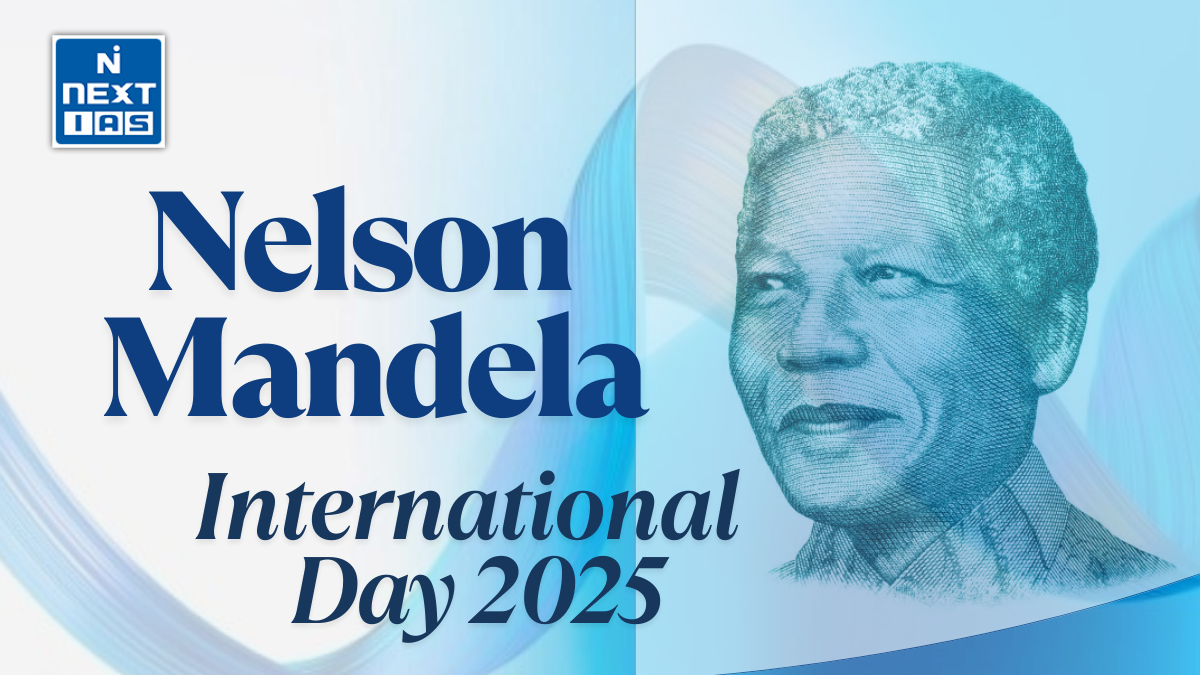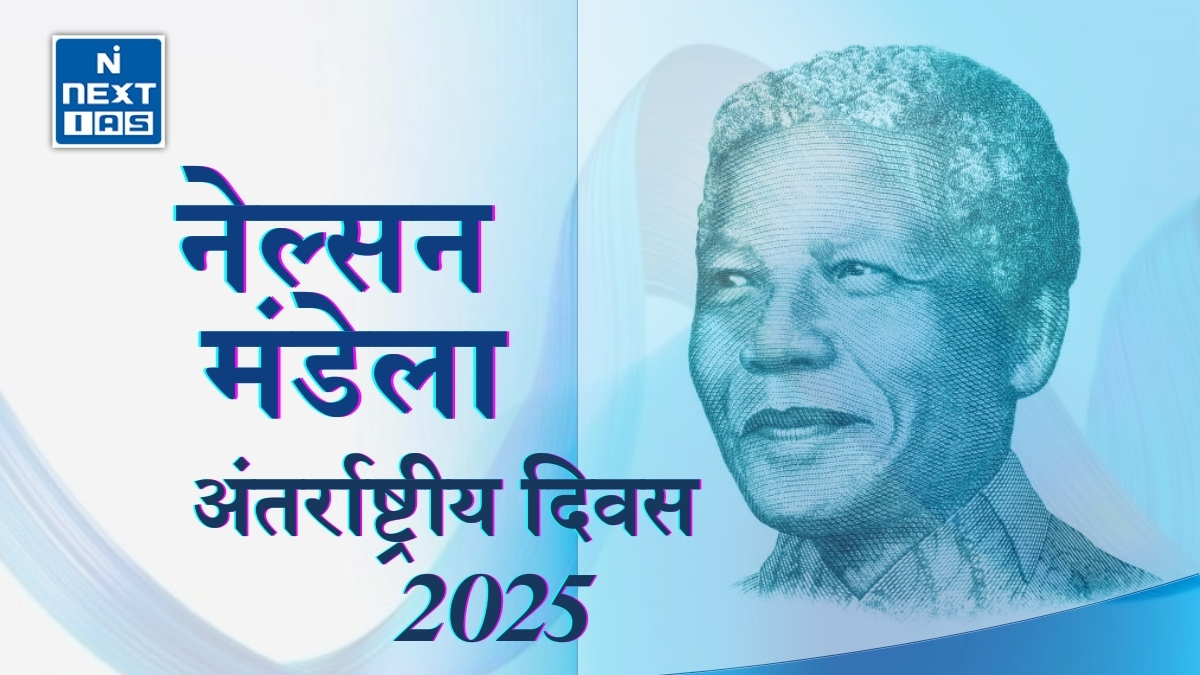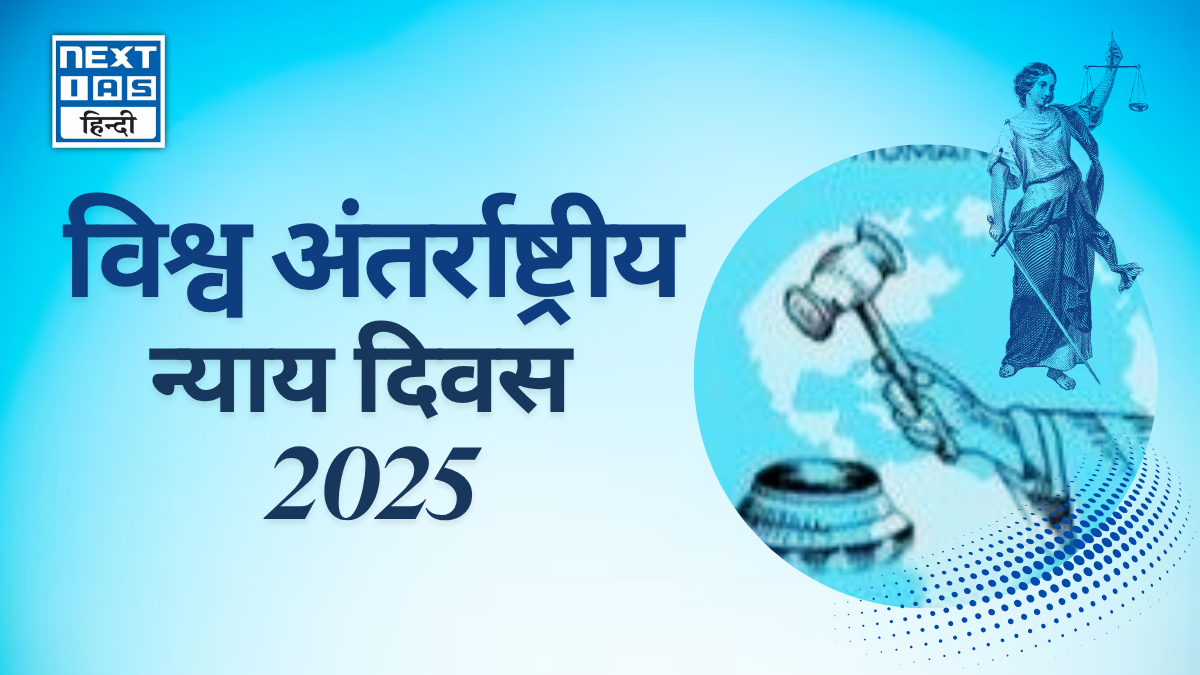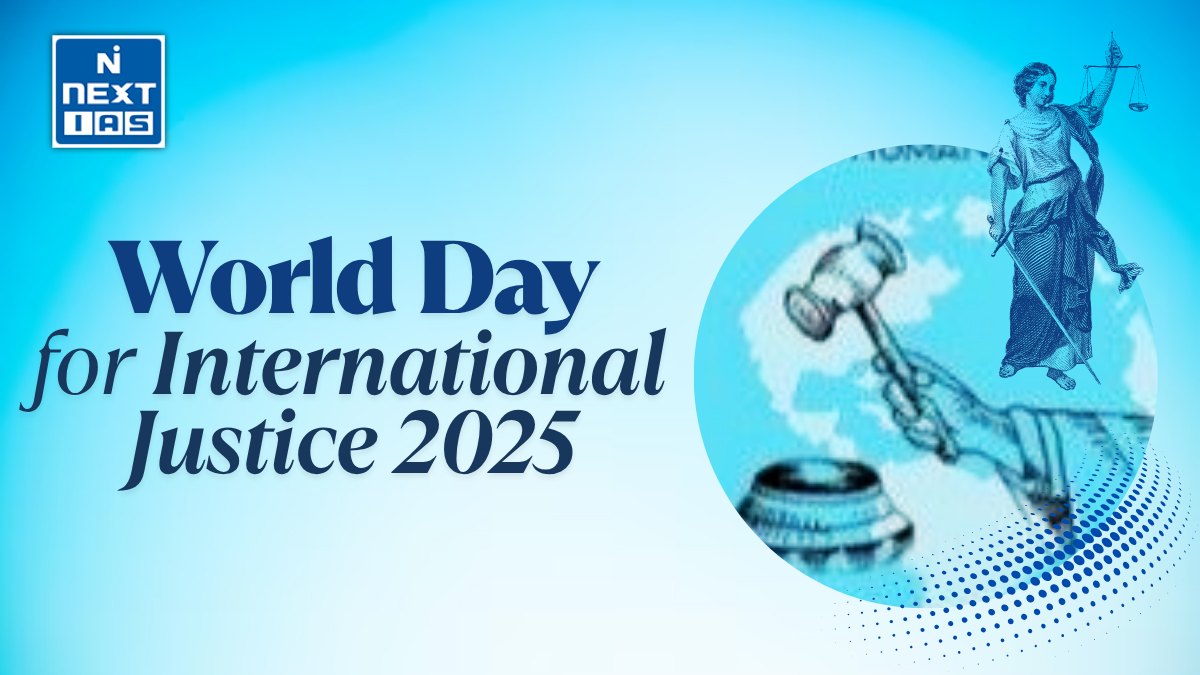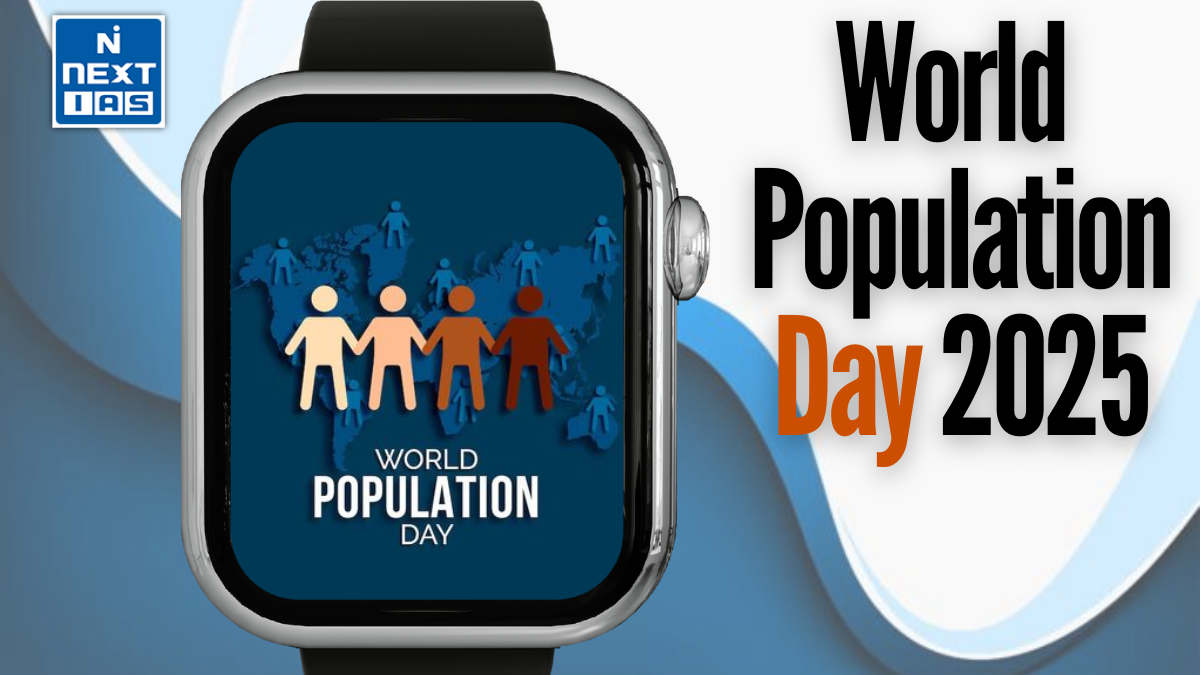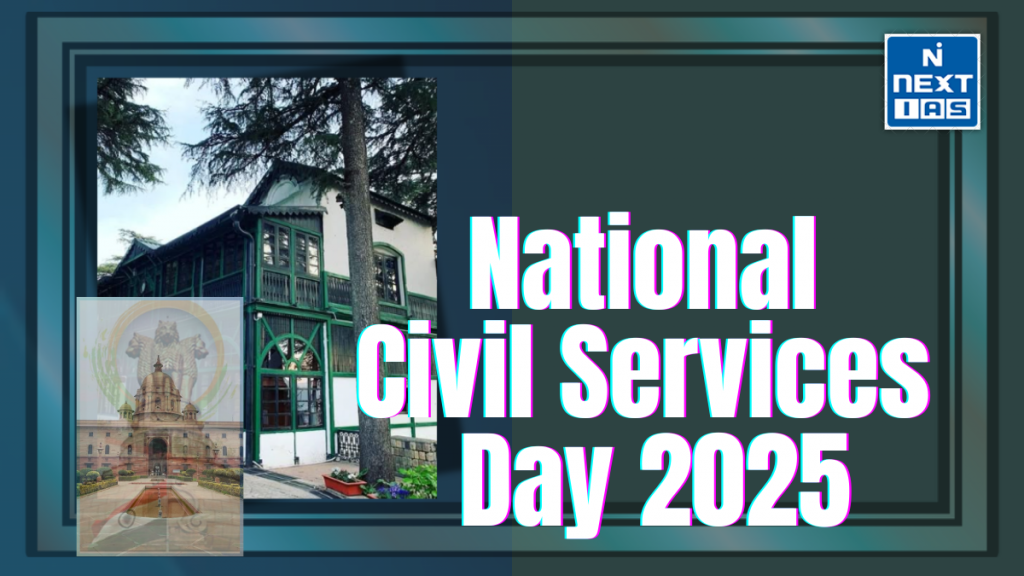
Civil Servants in India offered their commitment and service which was commemorated on National Civil Service Day observed on April 21. The day commemorates the motivational address by Sardar Vallabhbhai Patel to the first IAS officers’ induction course in 1947, where he viewed them as the backbone of governance and nation-building through efficient administration and public service.
About the National Civil Service Day
- In India, National Civil Service Day is celebrated every year on April 21 in recognition of the invaluable services rendered by civil servants to the nation.
- This date marks the famous address by Sardar Vallabhbhai Patel in 1947 to the first batch of IAS at Metcalfe House in Delhi.
- In this speech, he emphasized civil servants as the steel frame of India, the very quality that held the nation together and intact.
- It is a day for civil servants to reflect on their duties, which renew their obligation to serve the public.
- While the occasion honors excellence in governance, it also involves awarding the Prime Minister’s Awards for Excellence in Public Administration for new and effective work in governance.
- Thus National Civil Service Day is an occasion to salute civil servants but also reminds us of the core values of integrity, commitment, and impartiality that constitute the spirit of Civil Services of India.
Historical Background of National Civil Service Day
- The first mining ground of the National Civil Service Day is on April 21, and it dates back to 1947 when Sardar Vallabhbhai Patel became the first Home Minister of India and skillfully engaged the first cadre of Indian Administrative Service (IAS) officers at Metcalfe House, New Delhi.
- Patel’s encouraging discourse defined civil servants as bearing the responsibility for the unity, stability, and effective governance of the country after independence.
- Civil servants were termed as the “steel frame” of India, which put emphasis on the role of civil service in strengthening the structure of a newly independent nation.
- To the fullest significance for the past in the annals of administrative history, the Government of India declared that henceforth and starting from 2006, 21 April would be known and celebrated National Civil Service Day. In fact, from that time on, this occasion is commemorated every year to acknowledge every contribution made by civil servants across the country.
- This day has thus become a platform for honoring their contributions, drawing attention to best practices, and inspiring them to pursue excellence in service delivery to citizens.
Objectives of National Civil Service Day 2025
- Primarily, the goal of National Civil Services Day is to recognize, inspire, and elevate the performance standards of civil servants all over India.
- Every year on April 21, this day is a day for honoring civil servants who play a crucial part in ensuring the application of government policies and proper administration; civil servants are people of dedication, integrity, and tireless service.
- The spirit behind this celebration is to inspire civil servants to adopt probity, efficiency, and accountability in their service toward the public.
- The day also gives civil servants a chance to reflect on their responsibilities and experiences and exchange lessons learned from innovative practices adopted elsewhere.
- The Prime Minister’s Awards for Excellence in Public Administration acknowledge outstanding achievements in this area so that others may be inspired to pursue similar achievements.
- The second area of focus is to continuously improve and promote innovations in governance for a citizen-responsive spirit of administration that can respond to the demands of a changing country.
Role of Civil Services in Nation-Building
- Civil service has been described as the crowning glory on the edifice of nation-building-the backbone of the national administrative system.
- In India, civil servants perform the popularizing functions of government policy implementation and provision of public services regarding law-and-order support across the vast expanse of this myriad country.
- They are responsible for ensuring continuity in the tenancy of power and political governance while bringing stability and certainty to the midst of political upheavals for effective administration.
- They can be involved in planning and implementing development projects, resource management, and taking care of the needs of the people at the grassroots level. Civil servants also maintain a communication line between the population and the government such that welfare schemes reach their rightful beneficiaries.
- Hence, during disasters and calamities, they become the frontline responders for all relief and rehabilitation activities.
- Impartiality, integrity, and honor-commitment give strength to civilian institutions that ensure good governance.
- They are thus a very important role player in the social, economic, and political development of the nation.
Celebrations and Activities of National Civil Services Day 2025
- 21 April is observed as National Civil Services Day with a plethora of programs and activities that serve to recognize the professionalism and hard work of civil servants in India.
- The main celebrations take place in New Delhi, where the Prime Minister’s Awards for Excellence in Public Administration are conferred upon both the innovative and impactful interventions of civil servants, significantly enhancing governance and service delivery.
- The day also includes seminars, panel discussions, and workshops featuring the participation of senior bureaucrats, policymakers, and experts. The seminars deal with challenges of public administration, best practices, and ways to improve mechanisms for transparency, efficiency, and citizen engagement.
- States and administrative departments throughout the country also organize their own programs in celebration of the occasion; these include felicitation ceremonies, awareness campaigns, and presentations of successful projects.
- The overall aim of the celebrations is to inspire and motivate civil servants; instill the spirit of public service; and more importantly, for a constant improvement in administrative practices for better governance.
Challenges Faced by Civil Servants
- Civil servants in India, as everywhere else, face hurdles in the performance of their duties, which are mostly characterized by demanding and complex circumstances. Bureaucratic red tapes top the challenges when they slow down the pace of decision-making, thus stalling effective service delivery. Political pressure and interference are sometimes other challenges with which civil servants cope when they are unable to act impartially and independently.
- Civil servants work under varied conditions such as scarcity of resources and infrastructure, especially in rural and remote locations. The reality for such civil servants could be further complicated by the extent of policies and programs they have to implement quite efficiently. Load and stress are major issues under which civil servants work because they should handle quite many things from administration to crisis management.
- Furthermore, with the increase in people’s awareness and equitable access to technology, citizens expect much more of what has already been promised-their demands are now futuristic concerning transparency, accountability, and speed of service delivery. It also increases the pressure because one has to keep updating himself or herself in terms of the evolving technology and skillsets.
- Despite these difficulties, true civil servants have continued to serve the nation with lot of dedication, often doing much more than their call of duty towards upliftment of public welfare and good governance.

Way Forward
The future of the National Civil Service Day 2025 rests with innovation, transparency, and citizen-centric governance. Increasing training avenues, integrating ICT, and ensuring accountability will empower civil servants to adapt more efficiently to the ever-changing demands of the public and reinforce their standing as the pillars of a responsive and progressive administrative system.
Conclusion
The National Civil Service Day 2025 is a reminder of the impact civil servants make on the nation’s development and progress. It salutes their dedication, encourages excellence in governance, and engenders commitment to integrity and accountability. The day promotes pride in public service and strengthens the administration of the nation.
| Other Useful Links |
| List of UPSC CSE Posts |
| All India Services |
| Group ‘A’ Civil Services |
| Group ‘B’ Civil Services |
Read this article in Hindi: राष्ट्रीय सिविल सेवा दिवस 2025: इतिहास, उद्देश्य और अन्य पहलू
